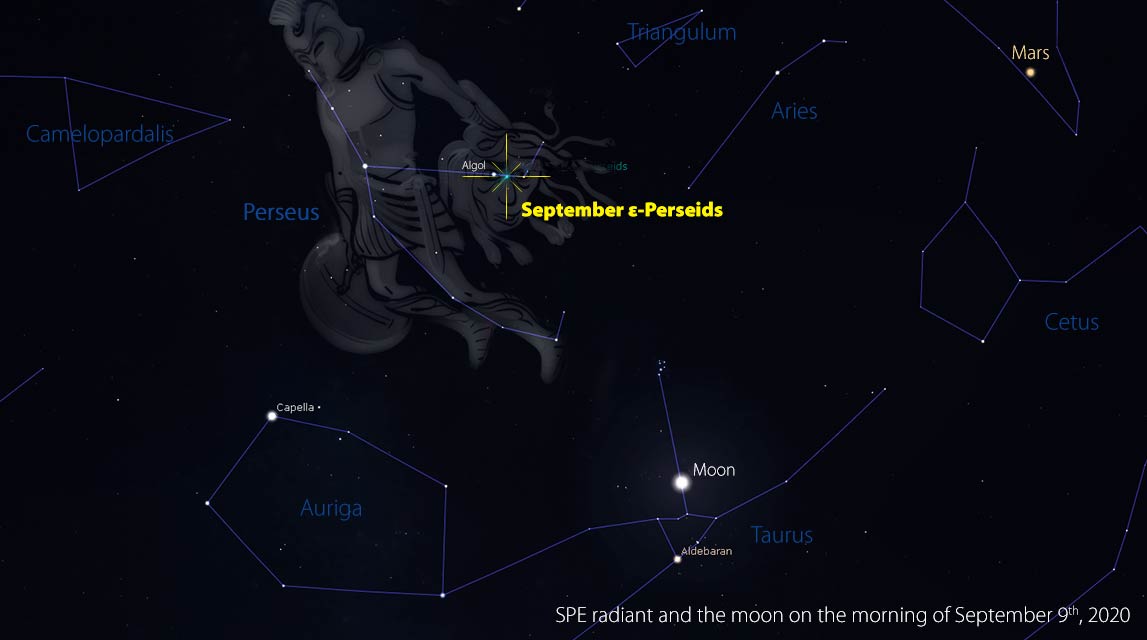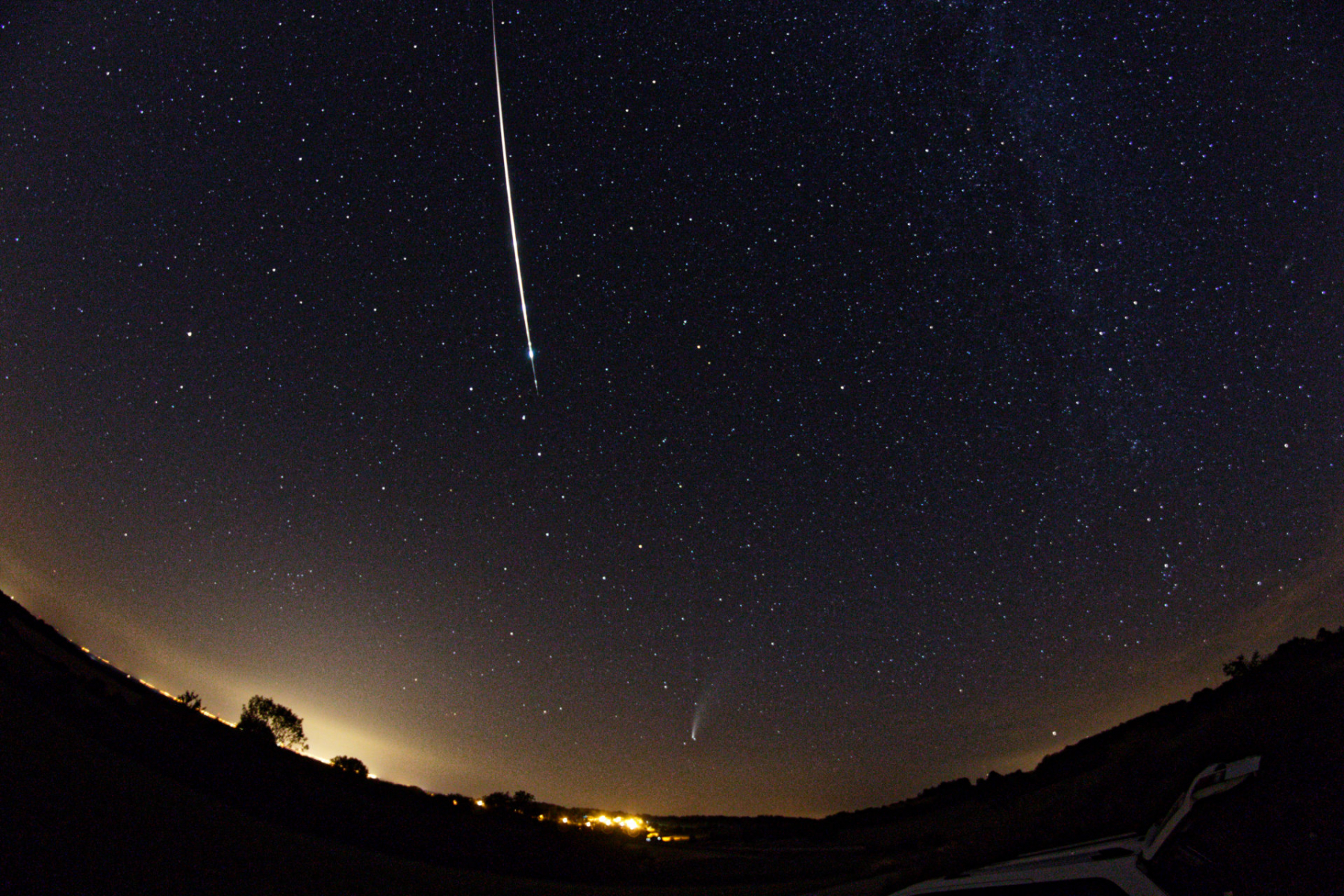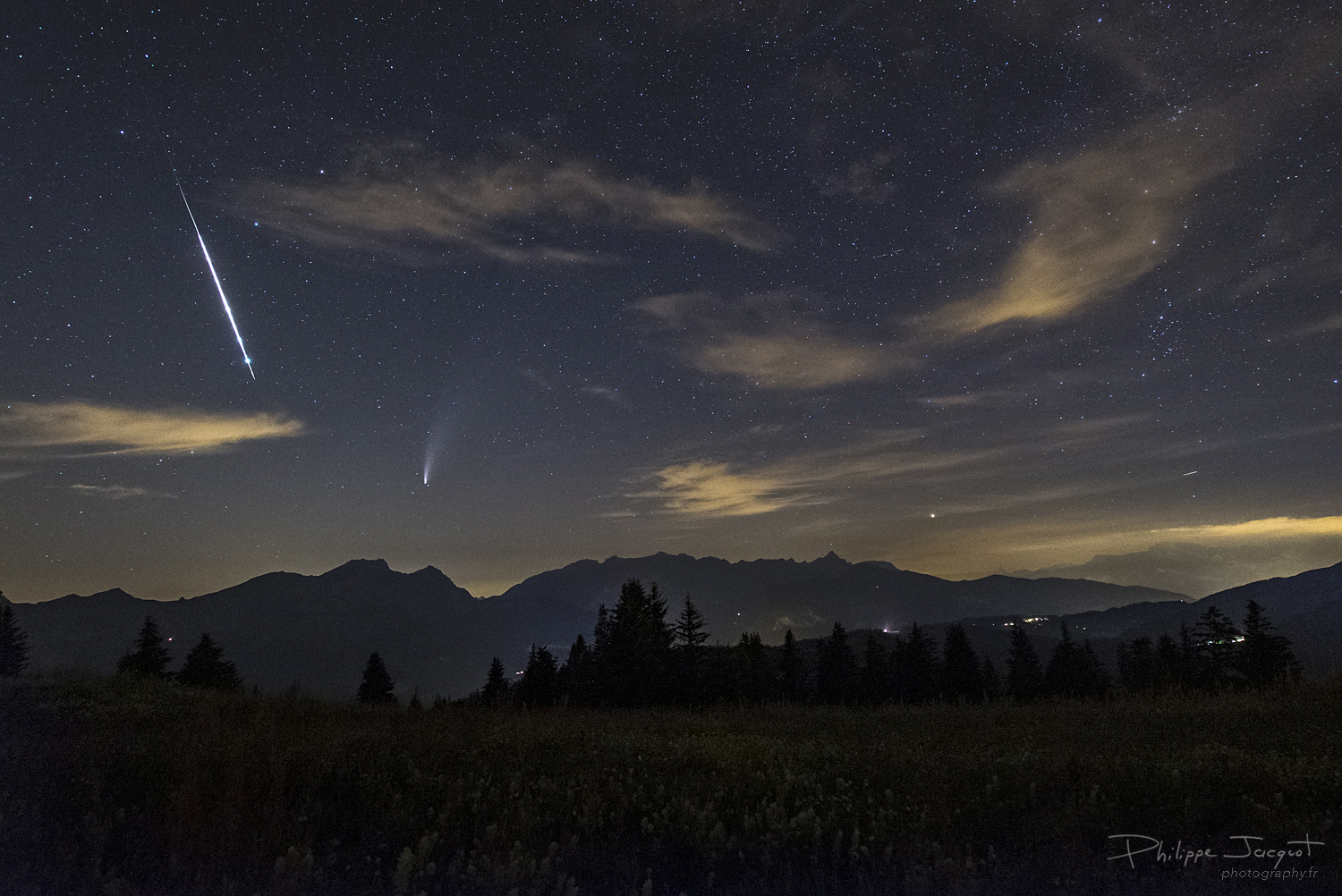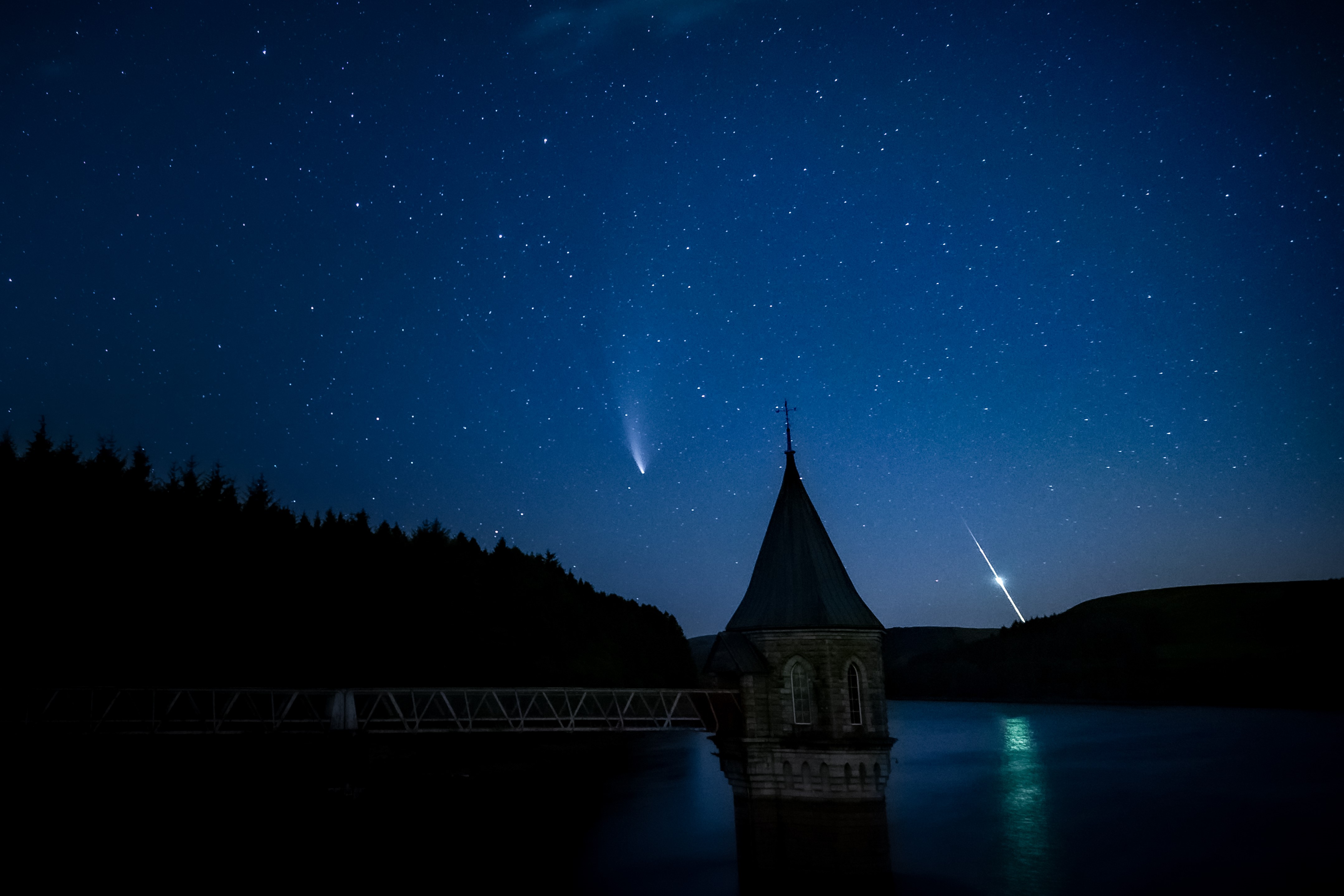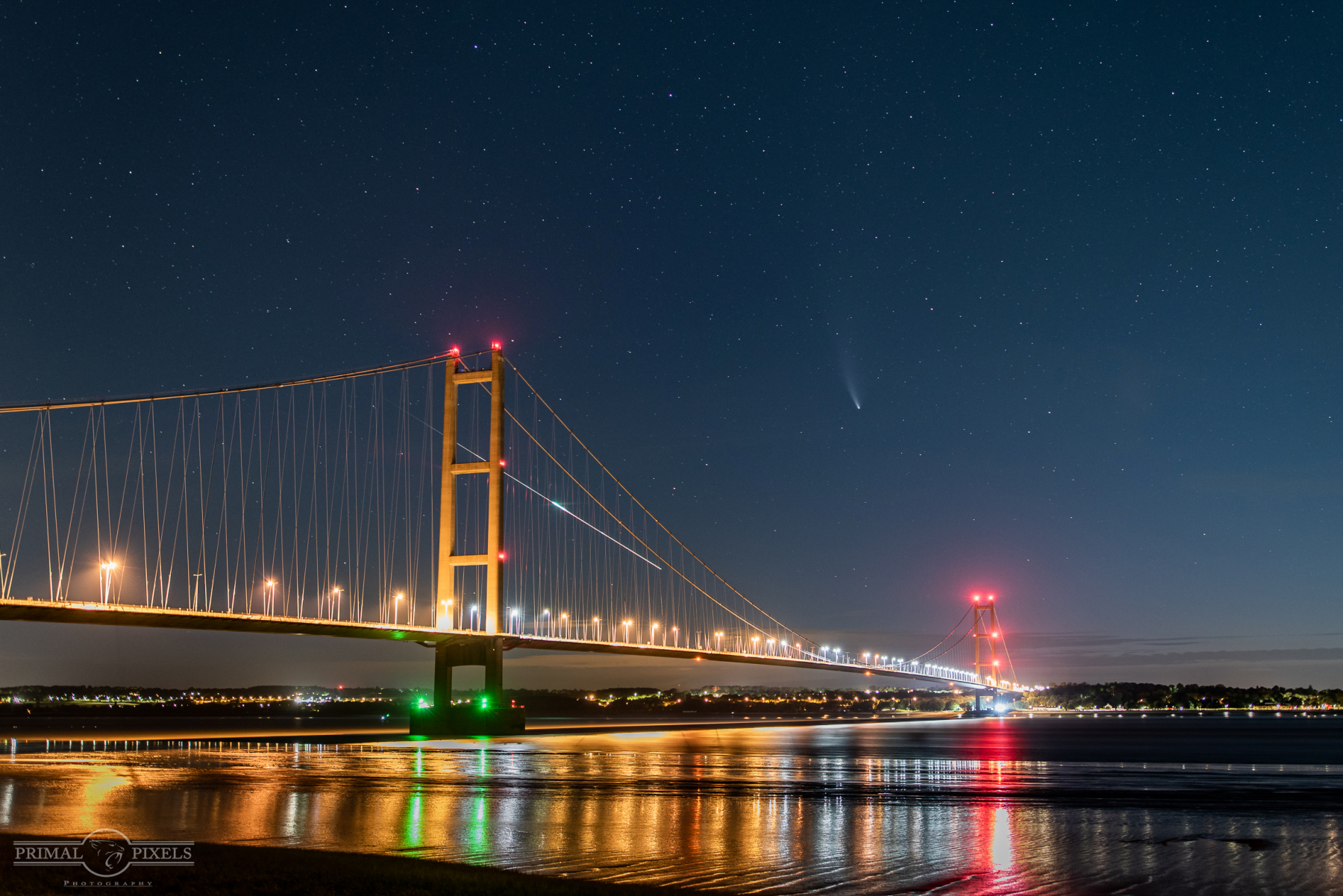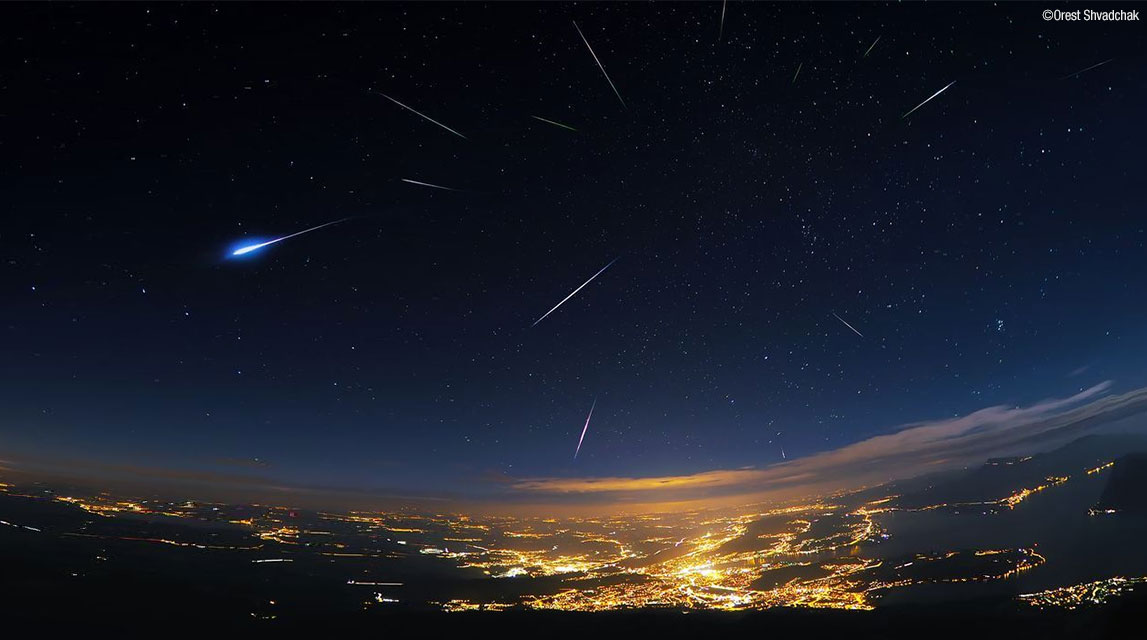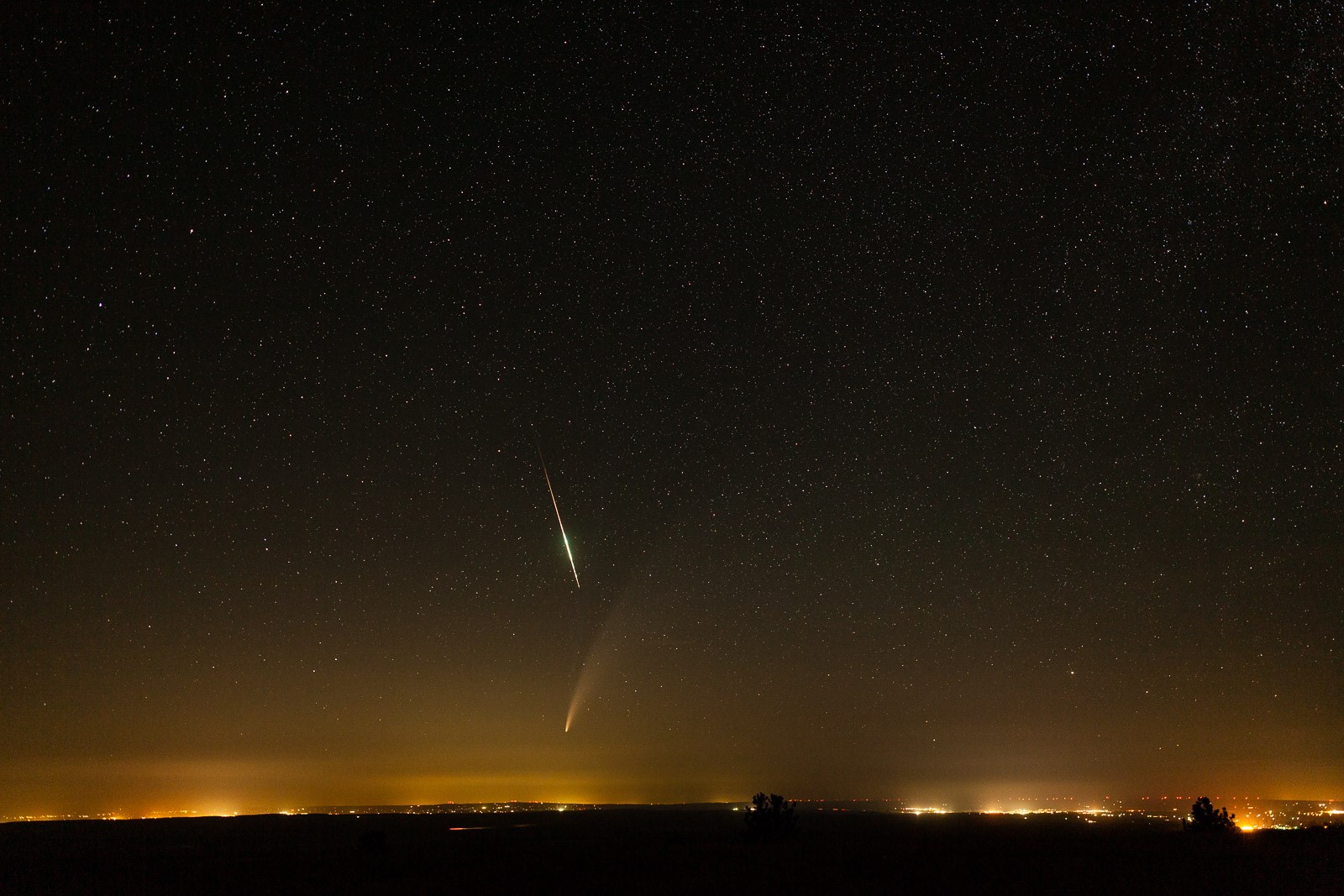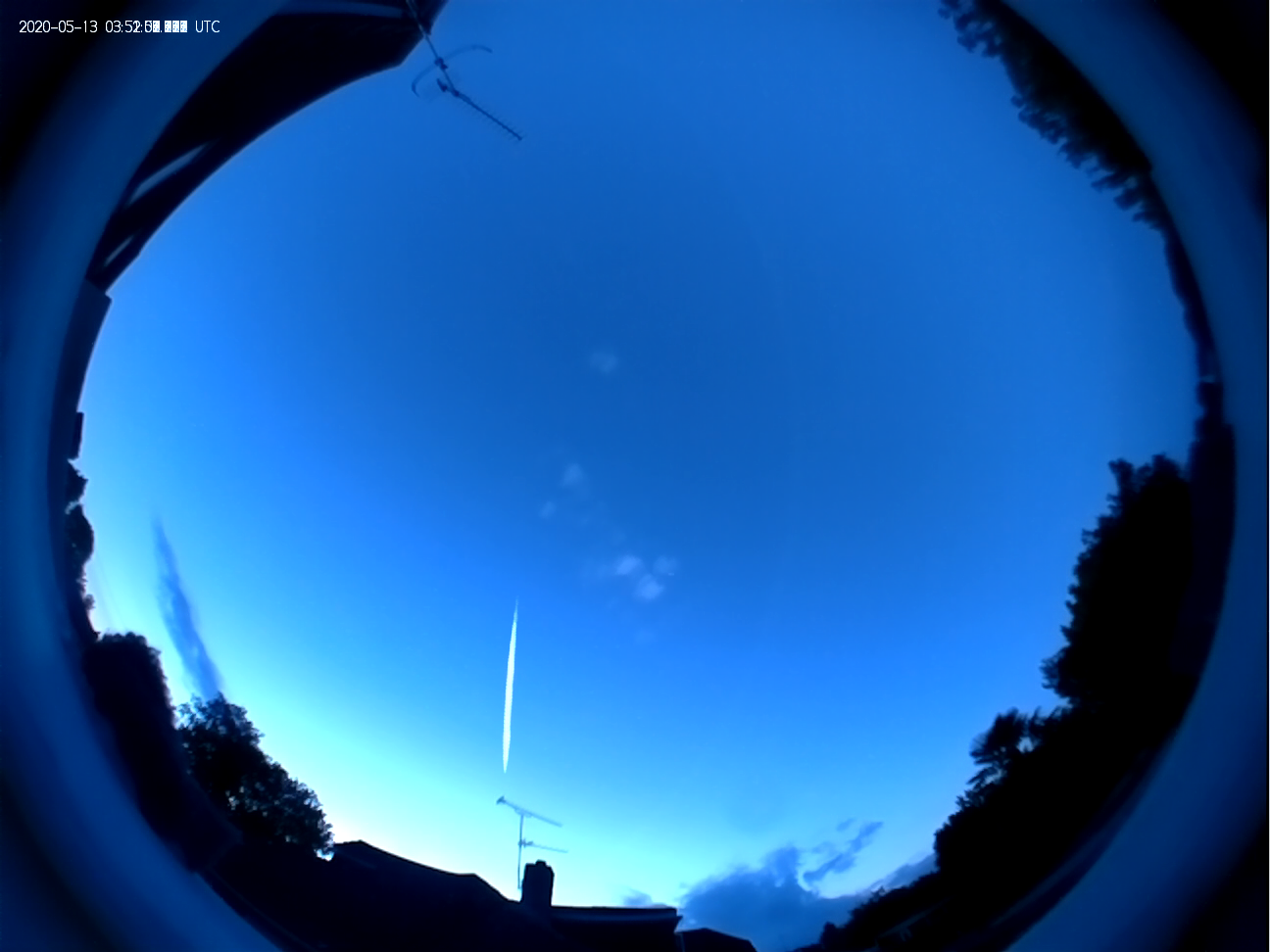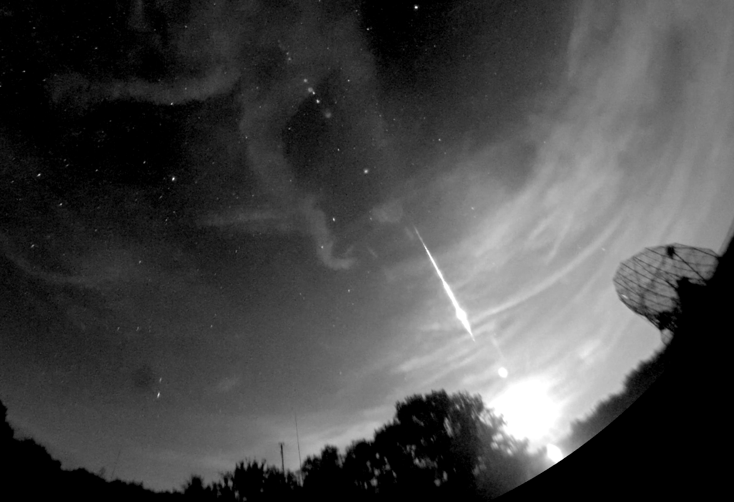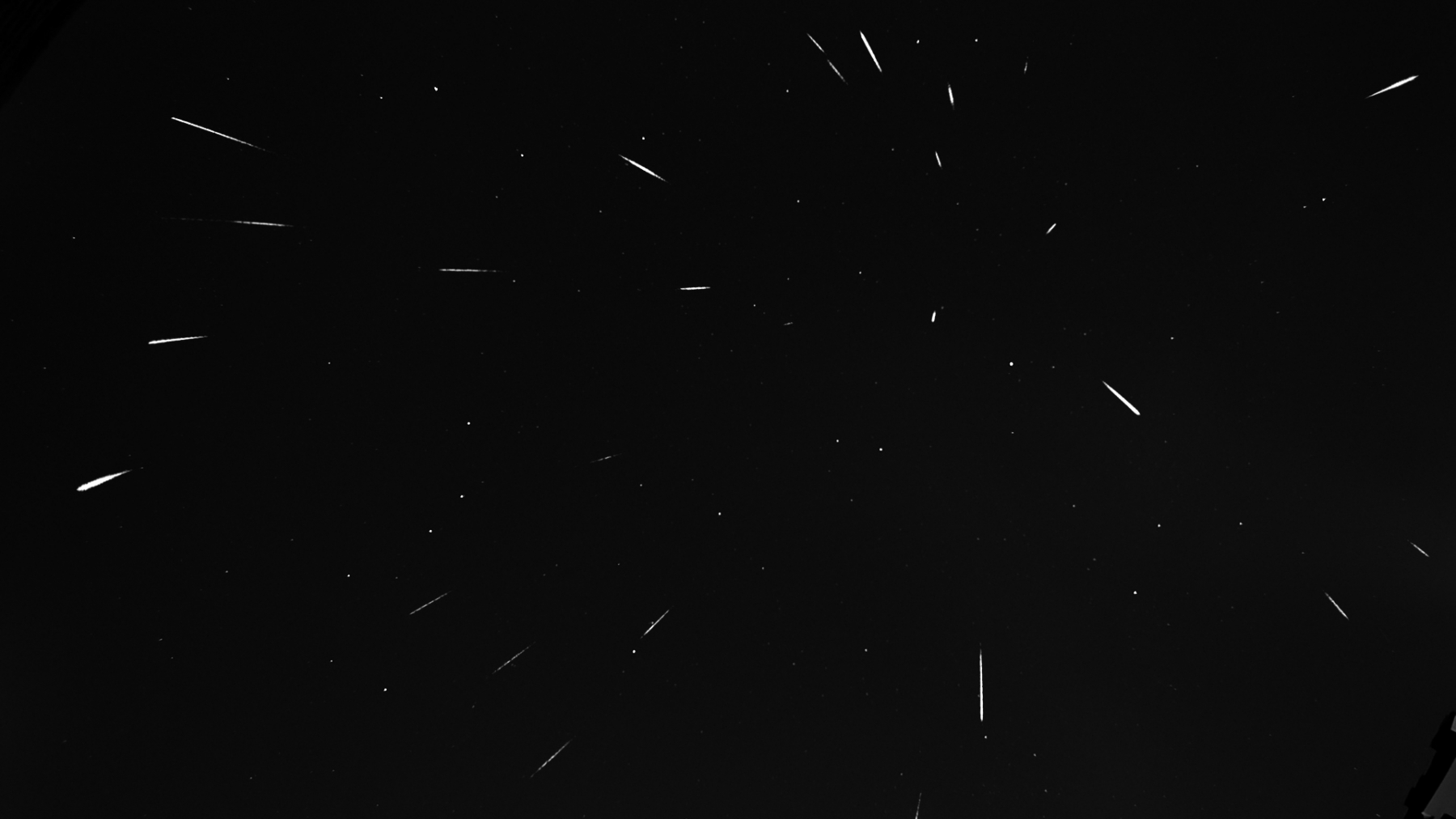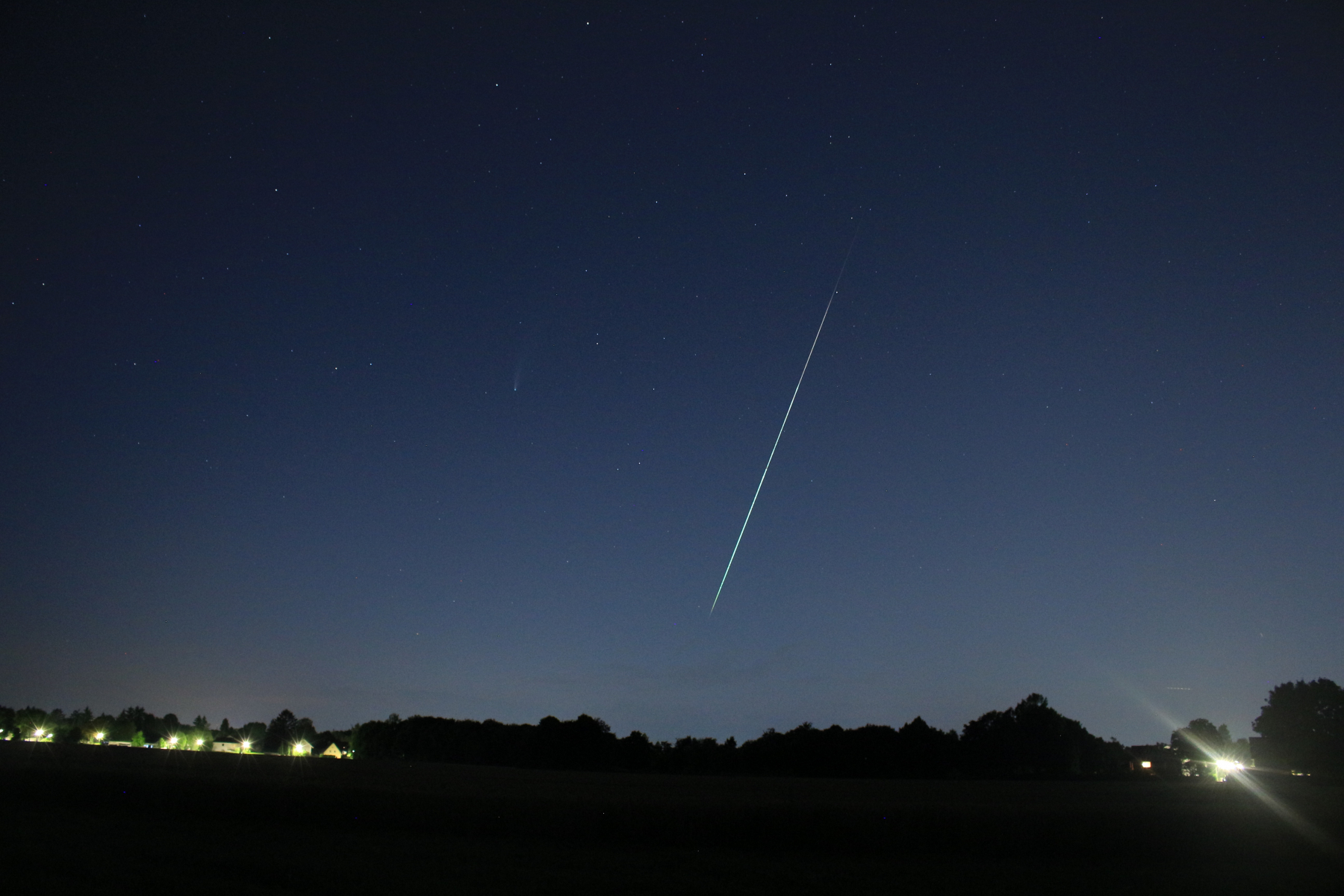
Meteor Activity Outlook for September 12-18, 2020
During this period, the moon reaches its new phase on Thursday September 17th. At this time, the moon is located near the sun and is invisible at night. This weekend the waning crescent moon will rise during the early morning hours and will not be too much of a nuisance as long as you keep it out of your field of view while observing.
 American Meteor Society
American Meteor Society
